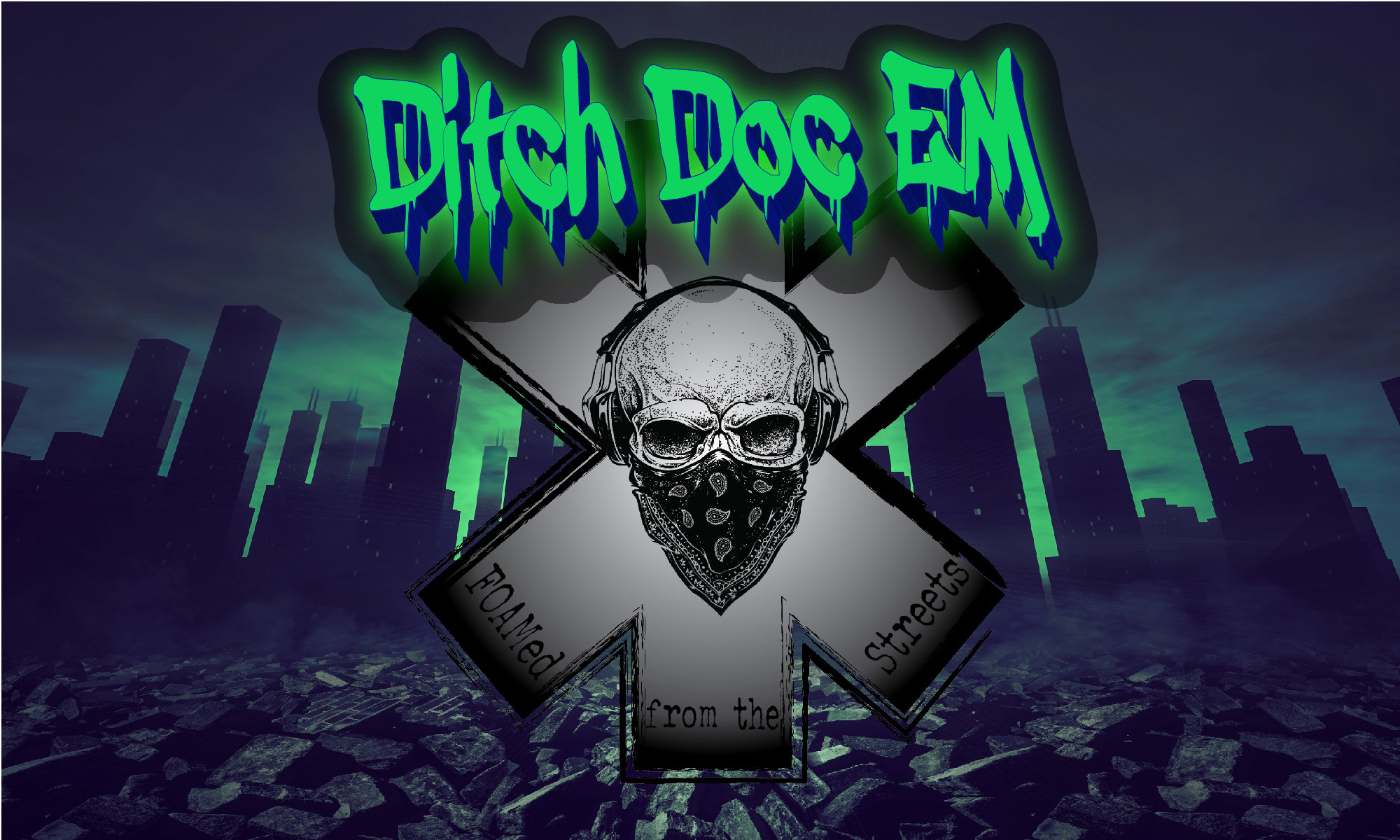“Kidney stones” is the common term for (usually) calcium containing deposits which form in the kidney, eventually breaking free, and causing an acute onset of severe pain as they pass through the urinary tract. Here are some fast tips to help you identify and treat this condition in the field. Fun Fact: “Calculi” is the plural form of “Calculus” which is a Latin word for “a small stone used for counting”. The only thing you can be counting on is a patient with a lot of pain if you can’t identify this condition in the field. On to the facts!
Patient Presentation
The classic presentation of kidney stones (aka nephrolithiasis) is as follows:
- Sudden onset of SEVERE flank pain that may radiate inferiorly and/or anteriorly
- Co-occurring difficult and/or painful urination
- Nausea and/or vomiting (50% or greater will experience this)
Physical Exam
During the physical exam, keep an eye out for the following:
- Tachycardia
- Hypertension
- Decreased or absent bowel sounds
- Restlessness or frequent body movement (as if they just cant get comfortable)
The abdominal exam in the patient with kidney stones is typically unremarkable, as the kidneys lie in the retroperitoneal space and are almost never palpable. As the stones exit the renal pelvis and begin to travel down the ureters, however, the patient may complain of pain on palpation of the abdomen along with increased radiation of pain.
If you feel you are drawing close to a diagnosis, a simple field test which can aid you is the Murphy’s Punch test which is also less commonly known as the Pasternacki test. The test is performed by placing your palm over the Costovertebral Angle (CVA) (where the ribs meet the spinal column, forming an “angle”) and gently striking the dorsal surface of that hand with your clenched fist. If the patient expresses pain upon this action, they are said to have Costovertebral Angle tenderness, which is a sign of nephrolithiasis.
Field Management
Treatment of kidney stones usually involves treatment of symptoms and allowing the stones to pass on their own. Some patients may require surgery for this condition, but this is typically only in the case of extremely large calculi.
For prehospital pain control, Ketorolac (Toradol) it an excellent option. I have personally seen this drug reduce pain which was compared to childbirth, down to about a 3/10 in patients with kidney stones. When given via IVP, its action is usually quick, taking only minutes for the patient to feel relief. In the case of kidney stones, I personally feel that ketorolac is, by far, superior to opioid analgesics. As always, though, follow your local protocols.
Thanks for reading! I realized while writing this, that I should probably make a video which demonstrates the Murphy’s Punch test. I will do my best to publish one within the next week. If you haven’t done so already, please take a few moments to follow my blog via e-mail, Facebook, or Twitter. Tell your friends and colleagues about my blog too! Until next time, be safe in the holiday traffic and weather!
-Owen
References
Chirag D. Nephrolithiasis. Nephrolithiasis: Practice Essentials, Background, Anatomy. [accessed 2016 Dec 22]. http://emedicine.medscape.com/article/437096-overview


